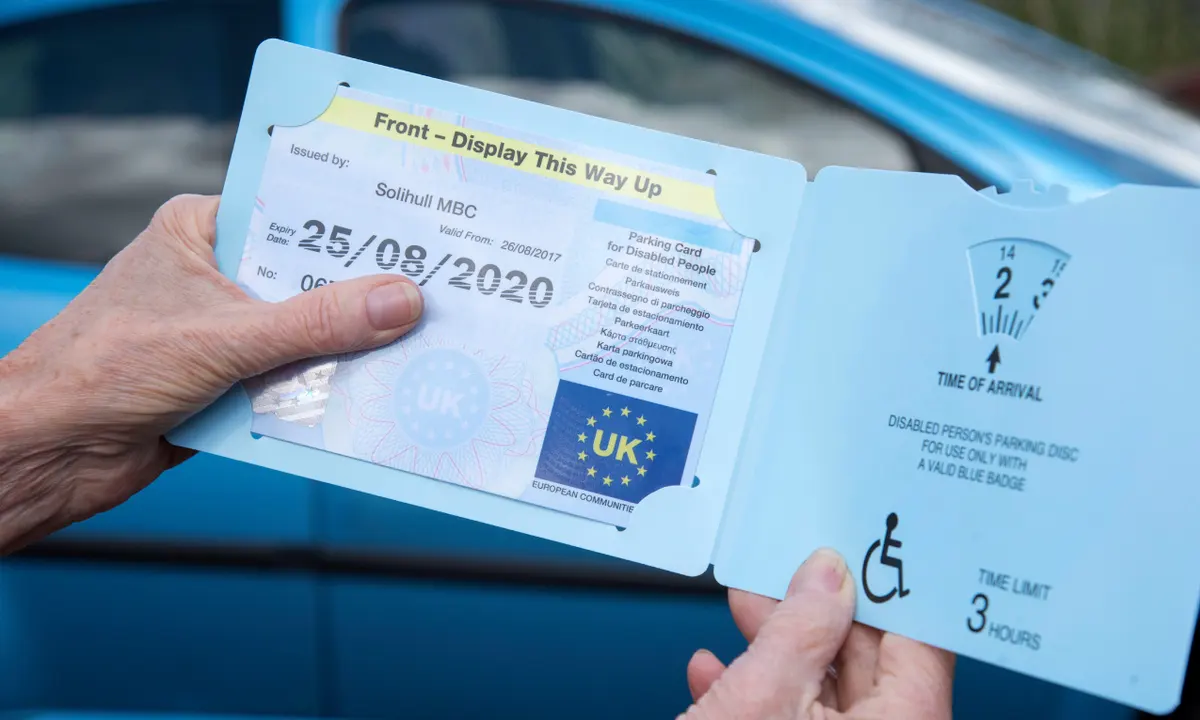In the United Kingdom, the Blue Badge Scheme serves as a lifeline for individuals with disabilities, offering essential parking privileges and easing accessibility challenges. For those grappling with dementia, the scheme can be an invaluable resource, simplifying travel and enhancing daily life. This guide sheds light on the benefits, potential drawbacks, and the step-by-step process of obtaining a Blue Badge for dementia.
Understanding the Blue Badge Scheme
The Blue Badge Scheme provides specialised parking permits to individuals with disabilities, allowing them to park in designated spaces closer to destinations. For those living with dementia, the scheme acknowledges the cognitive and mobility challenges they face, offering easier access to essential services, leisure activities, and social engagements.
Benefits of the Blue Badge for Dementia
- Accessible Parking: The primary advantage is convenient parking in designated spaces, which are typically closer to facilities.
- Reduced Stress: Accessible parking minimises the stress and confusion often experienced by individuals with dementia when navigating unfamiliar environments.
- Enhanced Independence: The Blue Badge empowers individuals to maintain a sense of independence, enabling them to engage in everyday tasks more comfortably.
Drawbacks and Considerations
While the Blue Badge Scheme offers numerous advantages, it’s essential to consider potential drawbacks:
- Eligibility Criteria: Meeting the specific criteria for a Blue Badge might pose challenges for some individuals, as the focus is on the impact of the disability on mobility.
- Application Process: The application process can be detailed and require medical evidence, which might be taxing for families already coping with the effects of dementia.
- Renewal Requirements: Blue Badges have an expiration date, necessitating periodic renewal, which can be a hassle for individuals with dementia and their caregivers.
Applying for a Blue Badge for Dementia: Step-by-Step Guide
- Eligibility Check: Visit the official UK government website or contact your local council to determine eligibility based on mobility and cognitive criteria.
- Application Form: Obtain the application form, available online or through your local council’s offices.
- Medical Documentation: Consult a healthcare professional (e.g., GP, specialist) to obtain supporting medical evidence detailing the impact of dementia on mobility and cognitive functions.
- Application Submission: Complete the form and submit it along with the necessary documents. There may be a fee associated with the application.
- Assessment Process: The council will review the application, and an assessment might be required, including an in-person assessment if necessary.
- Approval and Issuance: If approved, the Blue Badge will be issued, typically within a few weeks. It will include instructions on usage and renewal.
If you’re affected by dementia, the Blue Badge Scheme holds the potential to significantly improve quality of life by making every day tasks easier to manage. If you need more help and advice, visit the UK Government website to find contact details of your local council.






